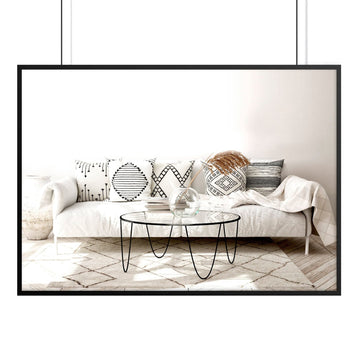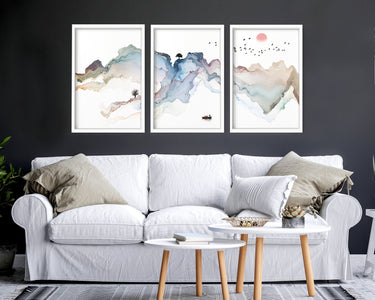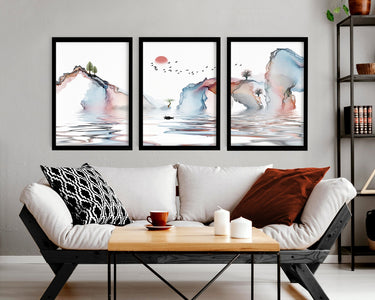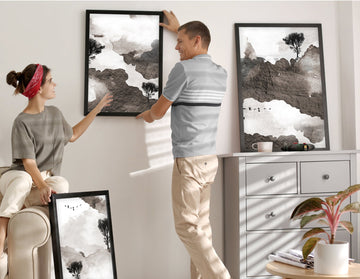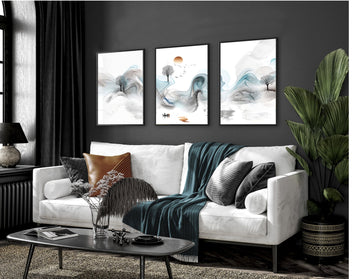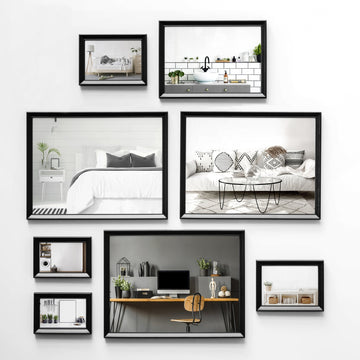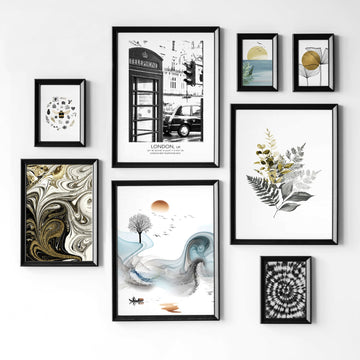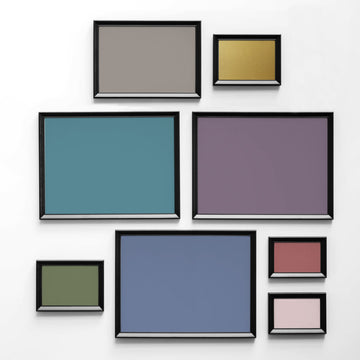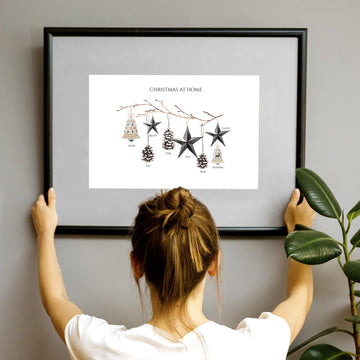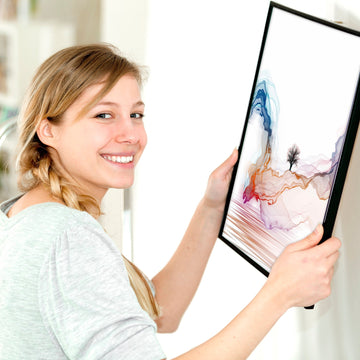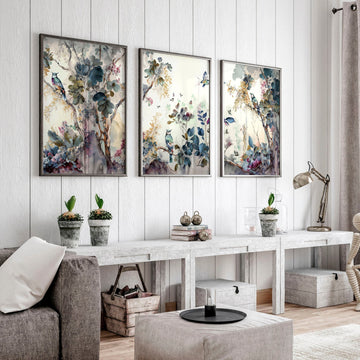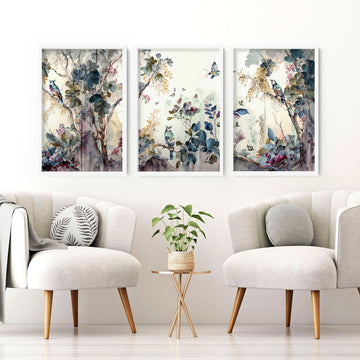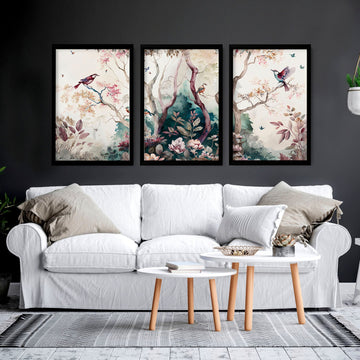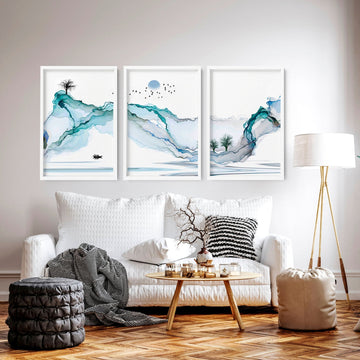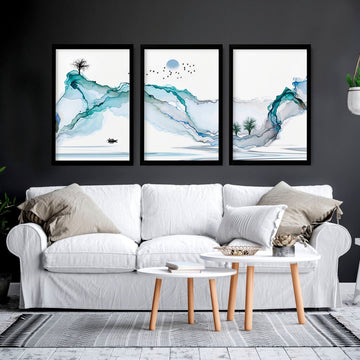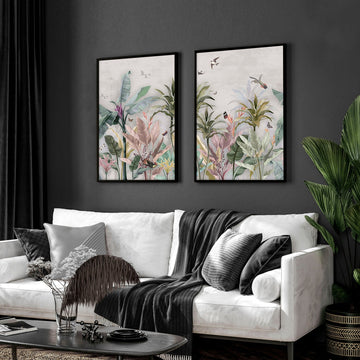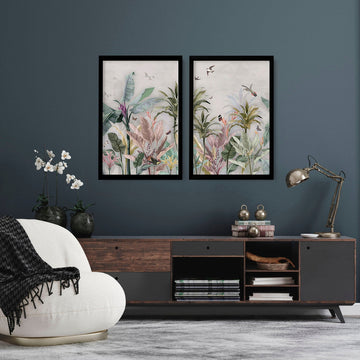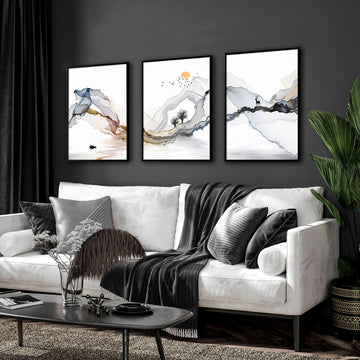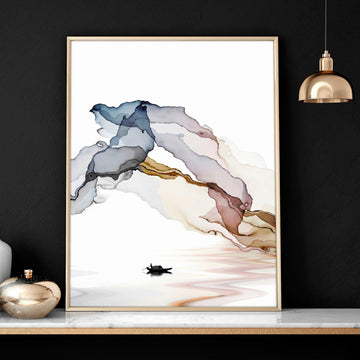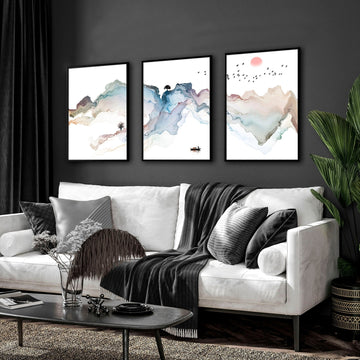Unique wall art to Bring your walls to life
Create a relaxing haven.
Transform your home into a haven of calm and relaxation with our curated collection of Wall art prints designed to create a super calming and relaxing living space. Nourish your mind, body, and soul.
A home that inspires you
Your home is a reflection of who you are. It's where you spend most of your time, and it should be the space that makes you feel the most inspired!
Your home should tell your story, and we aim to help you do just that. This is why we have curated this wide selection of home decor accent pieces that reflect the most popular styles in interior design today.
A place to love and to be loved
Create a living space where love will blossom and grow. These Wall art prints are designed to inspire meaningful moments that will last a lifetime of memories!
Discover your perfect Modern wall art at our home decor store
Unique Wall art
SHOP BY
Room
Unwind and de-stress after a long day. Find the perfect Home Decor accents for any room in your home.
SHOP BY
Style
A unique wall art set can add a great atmosphere. Indeed hanging wall art is an easy way to create the perfect ambience in your home!
SHOP BY
Colour
We've curated our products by colour, so you can easily find your favourite palette to spice up your home!
SHOP BY
Occasion
Make someone smile and feel appreciated with our customisable wall art prints!
Picture Frames in all sizes
Discover the perfect blend of style and functionality with our Picture Frames in all Sizes. Elevate your cherished memories and artwork with our sleek frames, available in classic black and white options.

Struggling to find wall art that works in high-moisture areas?
wrapped canvas art
Are the perfect solution!
Crafted with durable polyester canvas and sturdy pine wood frames, they are designed to withstand varying environments without compromising style or quality.
This option ensures your favorite designs remain vibrant and secure, making them ideal for areas like bathrooms, kitchens, or other spaces prone to humidity.
We offer all our designs as canvas wrapped in sizes:
12 x 16 inches /16 x 24 inches / 20 x 30 inches
Elevate your decor with long-lasting, worry-free elegance.
New arrivals
Home is where the art is…
Unique Wall Art has the power to update spaces and refresh your home mood.
In essence, wall art is one of the hottest trends in home decor.
Modern Wall Art has become more affordable than ever, and we're here to ensure that you find what you dream of for every room in your home!
With hundreds of art pieces, you will find the right wall art for your home at About Wall Art!
We are here to offer inspiration in Home interiors and decor.
FAVOURITES
Welcome to the Content Hub
Home Decor tips & tricks
Love Letters
All the Wall art & Home Decor accents you never knew you needed
FREQUENTLY ASKED QUESTIONS
WHY SHOP WITH US?
About Wall Art is a handmade wall decor shop specialising in unique wall art + picture frames with a modern edge. We know how important quality and style are for you, and we strive to deliver the best in the business. We handmade and inspect all our orders to give you the best possible experience before they ship out. With almost 5 years of experience, we have built a brand that is committed to customer satisfaction and home decor across the world.
With Thousands of satisfied customers, we have built a brand that you can trust for all your home decor needs. Come and decorate with us!
WHEN WILL MY ORDER SHIP?
Typically, it takes about 1-4 business days.
Since we are a family-owned business that strives to give you the best customer service.
LET’S KEEP IN TOUCH!
Follow us on your favourite social media!
• Facebook.com/aboutwallart
• Instagram: @aboutwallart
• Twitter.com/about_wall
• TikTok: @aboutwallart
• Pinterest.co.uk/Aboutwallart
Tag your posts with @aboutwallart to be featured here!


